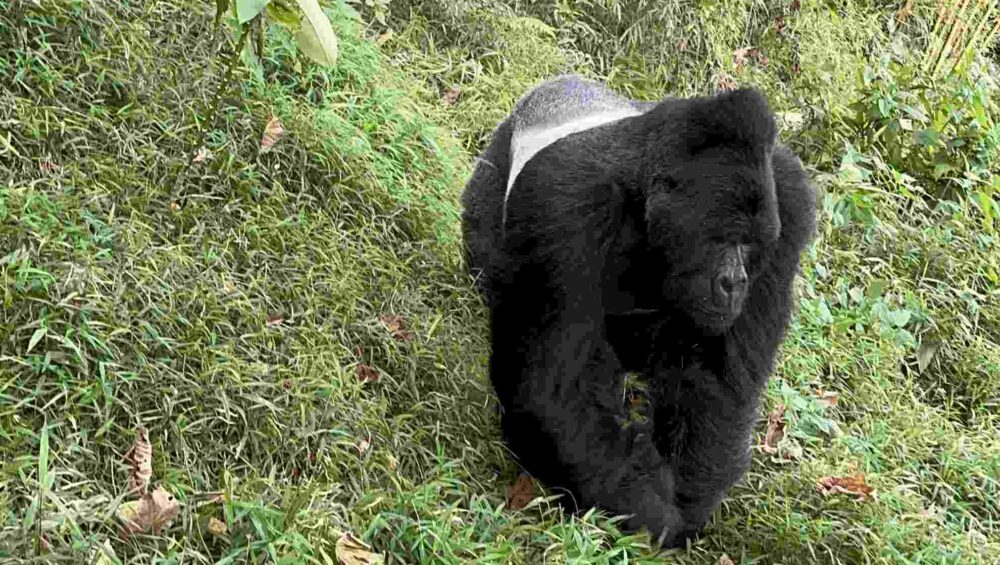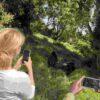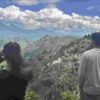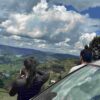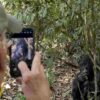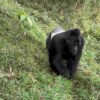Why to Avoid Shining Colours on Your Gorilla Trekking Experience
Why You Should Avoid Shining Colours During Your Gorilla Trekking Safari
Gorilla trekking is one of the most intimate and breathtaking wildlife encounters you can experience, especially in the lush forests of Uganda, Rwanda, and the Democratic Republic of Congo. But before you set off on this bucket-list adventure, it’s essential to understand what to wear—and more importantly, what not to wear.
At Safari 2 Gorilla Tours, we guide hundreds of travelers each year into the heart of gorilla territory. One of the most overlooked but critical tips we emphasize is: avoid wearing shining or bright colours during your trek. Here’s why.
1. Gorillas Are Wild and Wary
Gorillas are intelligent, socially complex animals with a natural alertness to changes in their environment. Shining colours like white, bright red, neon green, or reflective materials can startle them or make them feel threatened. This could disrupt the natural group behavior and diminish the quality of your experience—or worse, provoke unnecessary stress for the gorillas.
2. Blend In, Don’t Stand Out
The ideal gorilla trekking outfit is designed to help you blend seamlessly with the forest environment. Neutral tones such as olive green, brown, khaki, or grey mimic the surroundings and make you less noticeable to wildlife. This increases your chances of observing gorillas calmly and up close, without drawing undue attention.
3. Safety for You and the Gorillas
Wearing shiny or brightly colored clothes doesn’t just affect gorillas—it can also attract insects or even cause unnecessary concern among other animals in the forest. In addition, reflecting light from metallic or glossy materials can interfere with your guide’s ability to keep the group safe and maintain a calm, controlled atmosphere.
4. Enhance Your Photos
If you’re hoping to capture stunning photographs of your gorilla trekking experience, neutral colors also help keep the focus on the wildlife and natural surroundings. Bright clothes often create visual distractions and unnatural contrast in photos—something professional photographers always avoid.
5. Respect Local Conservation Guidelines
All national parks and wildlife authorities involved in gorilla conservation have strict trekking rules. Wearing proper clothing, including avoiding flashy colours, is part of responsible tourism. At Safari 2 Gorilla Tours, we promote ethical travel practices that protect gorillas, their habitat, and your experience.
What to Wear Instead:
• Long-sleeved shirt in olive green, brown, or grey
• Trekking trousers in earth tones
• Wide-brim hat or cap in neutral colors
• Lightweight rain jacket (non-reflective)
• Comfortable, non-white hiking boots
Conclusion
Your clothing choices may seem minor, but they have a major impact on your gorilla trekking experience. By avoiding shining colours, you’re showing respect for nature, ensuring your safety, and enhancing your chances for a successful trek. At Safari 2 Gorilla Tours, we help you prepare for every step of your journey—with expert tips and personalized packing advice included in all our safari packages.
Ready to trek with the gorillas?
Contact us today and let’s plan your unforgettable safari!


